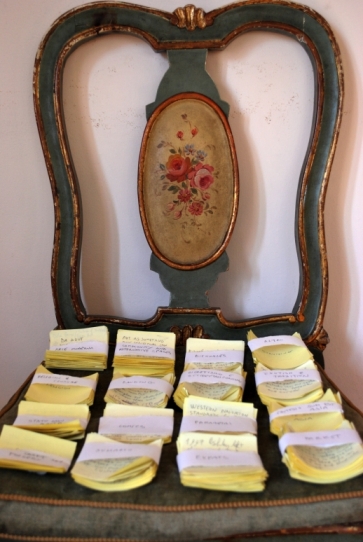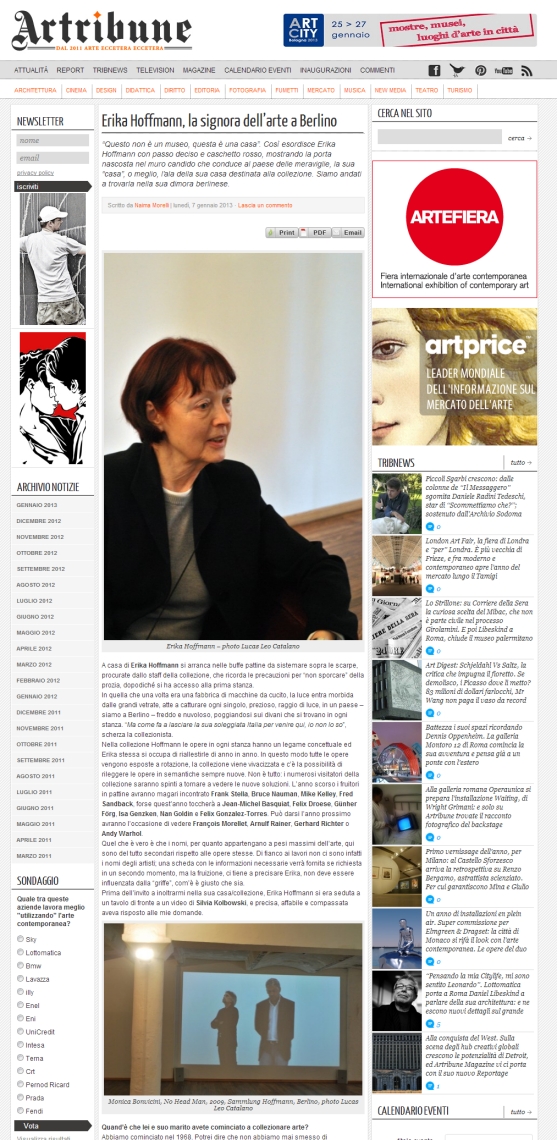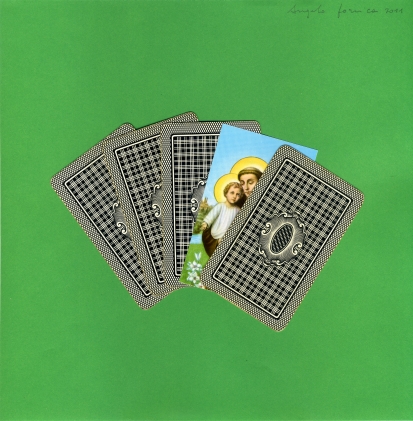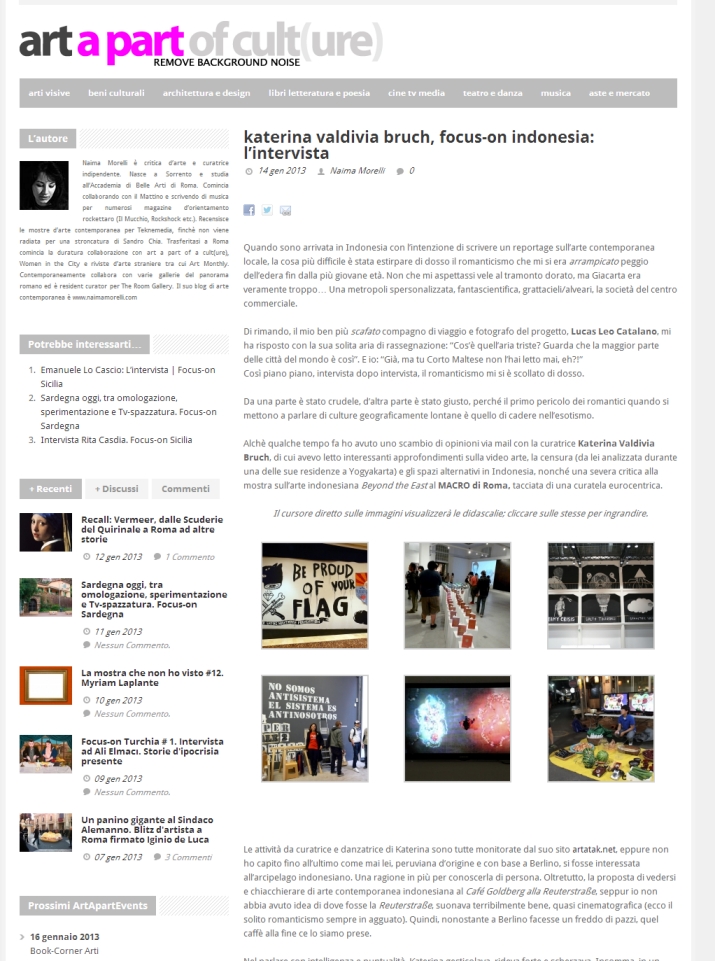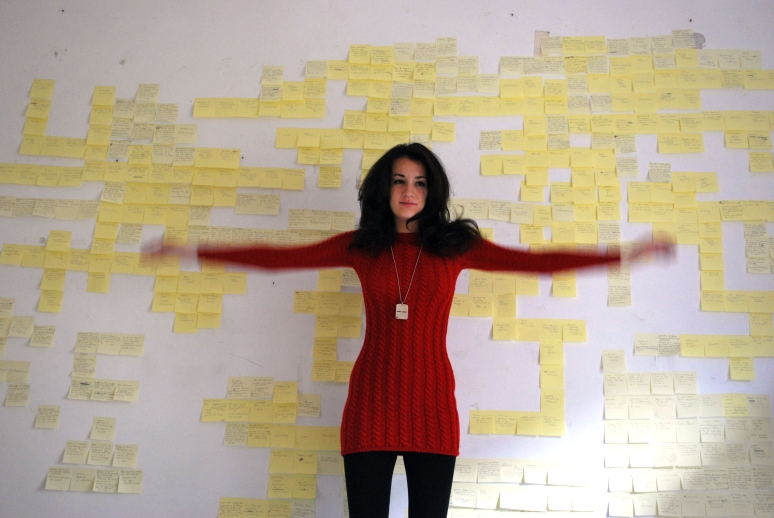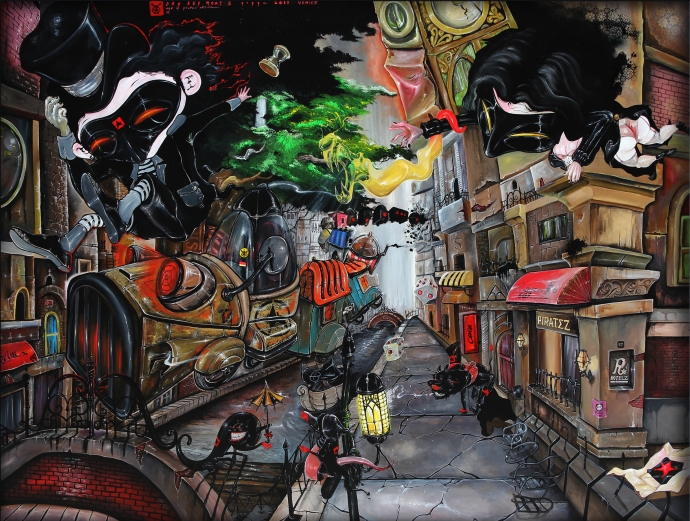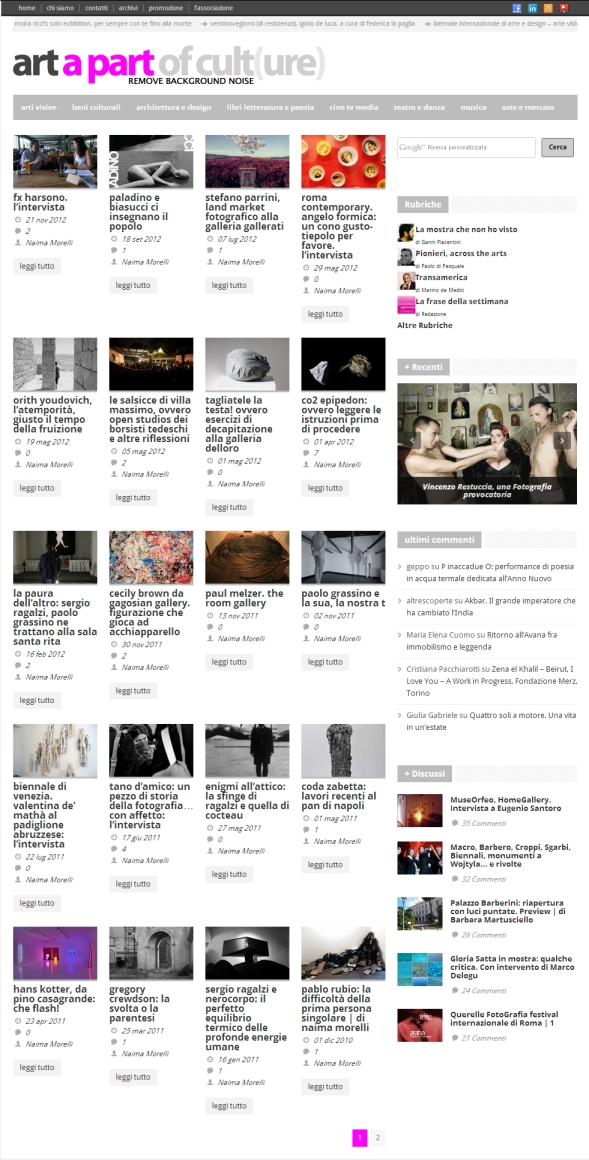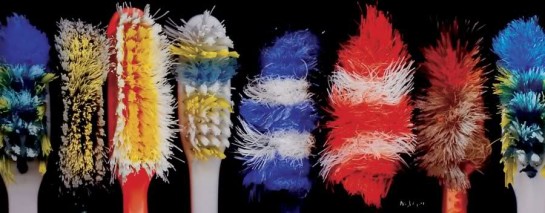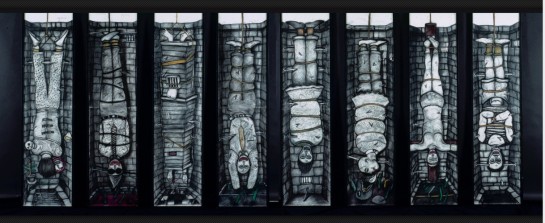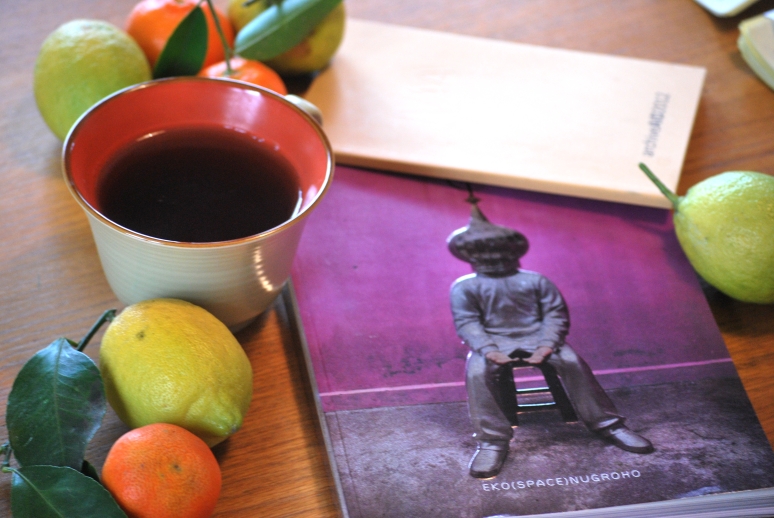
I always sought a day-routine, the only way to get things done, like my graphics novel and, currently, my book about Contemporary Art in Indonesia.
I was very much inspired by this articles on the amazing Brain Pickings website and, of course, I didn’t miss the opportunity of breaking the routine that I made for myself to read it and share, and write this post… Whatever!
I always was the kind of girl making daily schedule to force me doing my work during the day. It started when I was in the High School because I didn’t have a lot of time to draw, between school and homework.
I drew and thinking and building the stories during school time and I realized it after homework.

